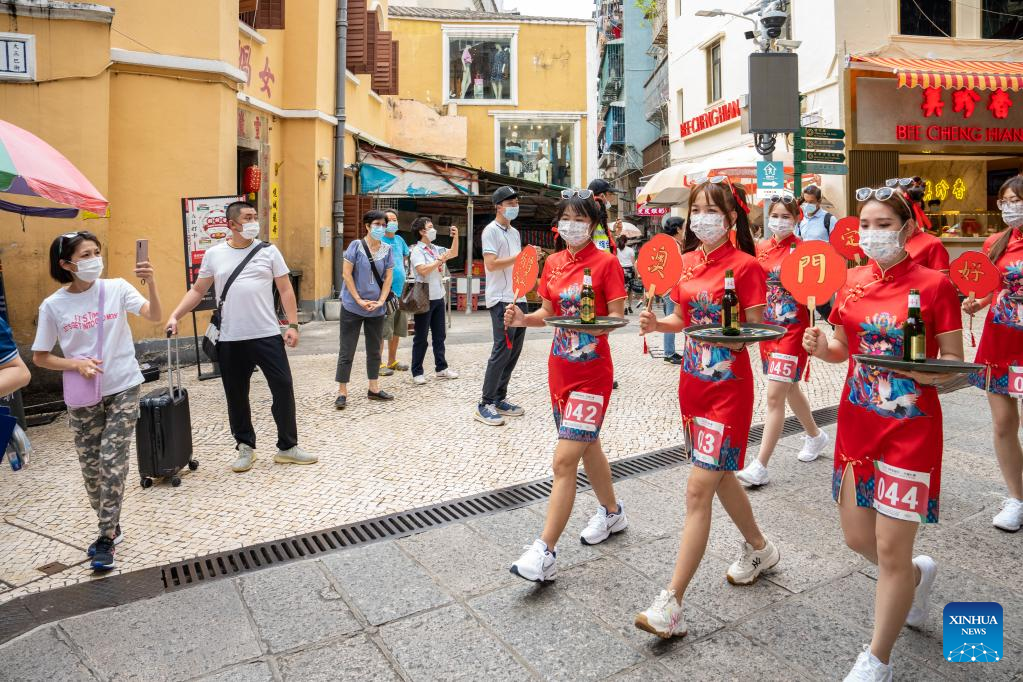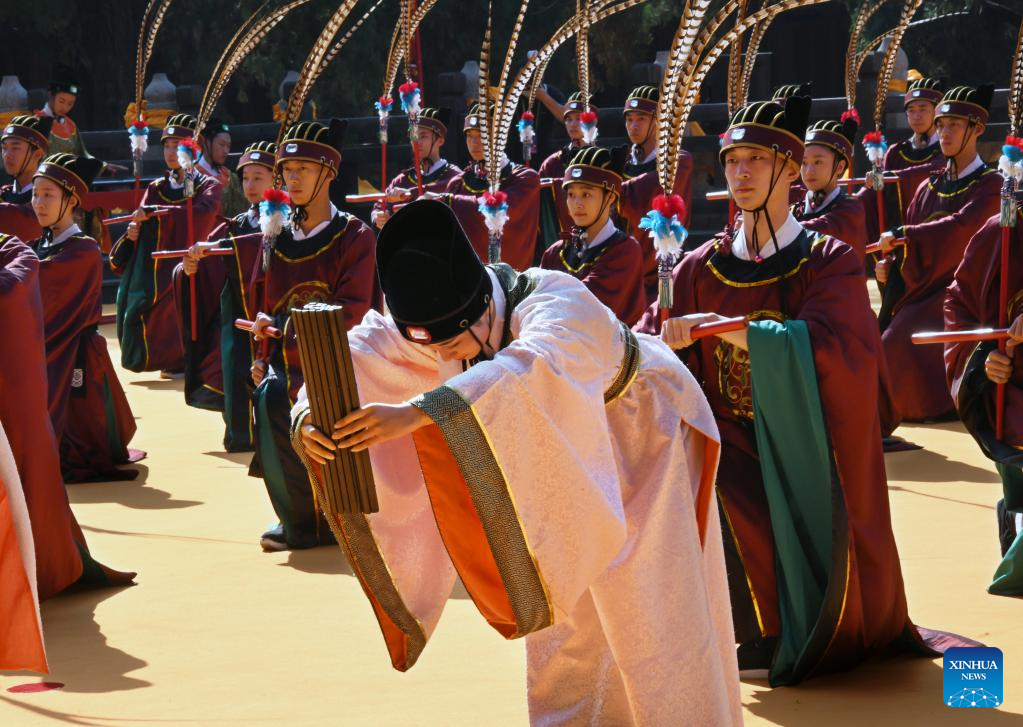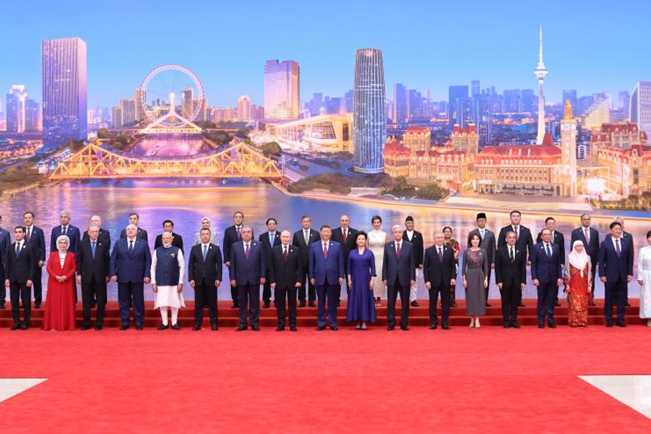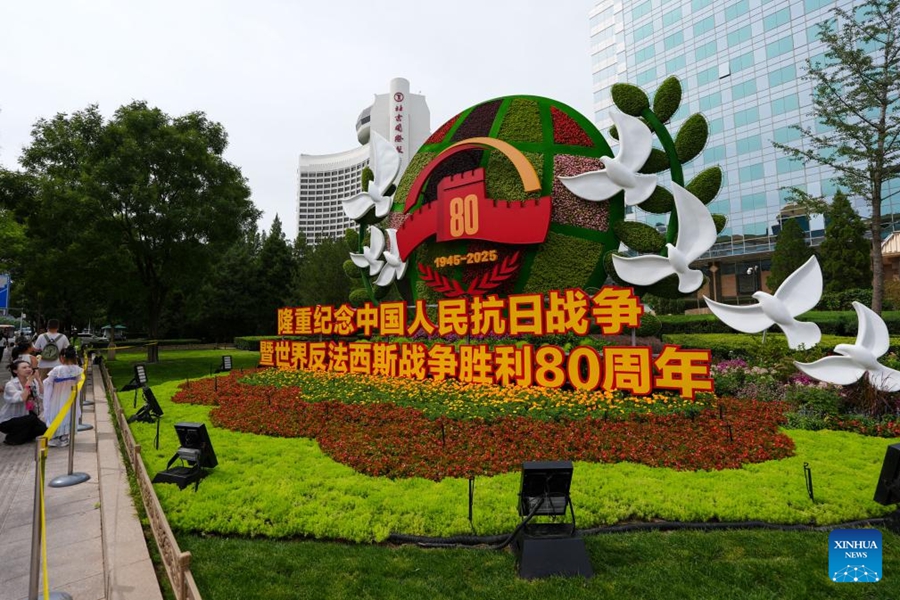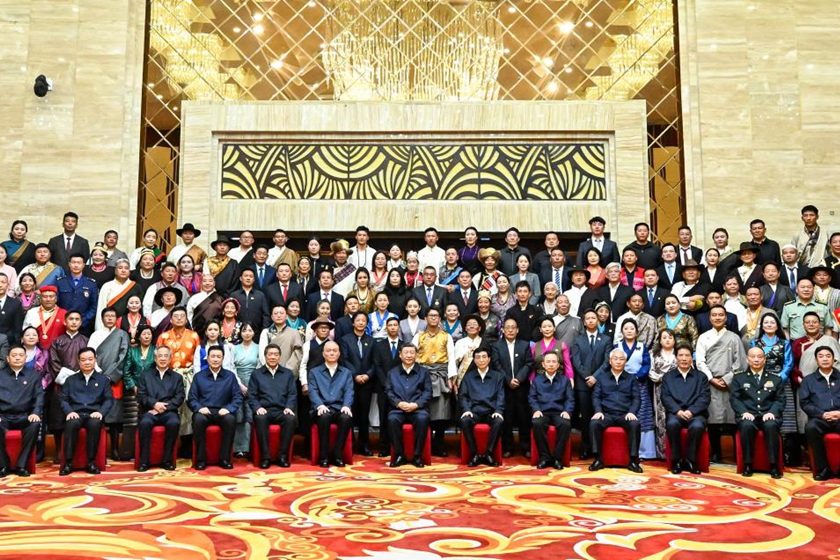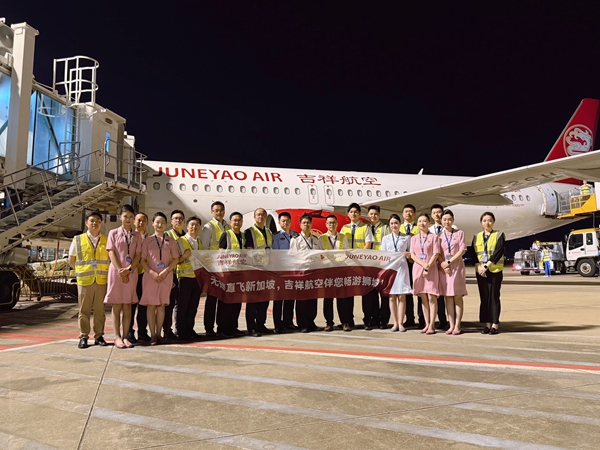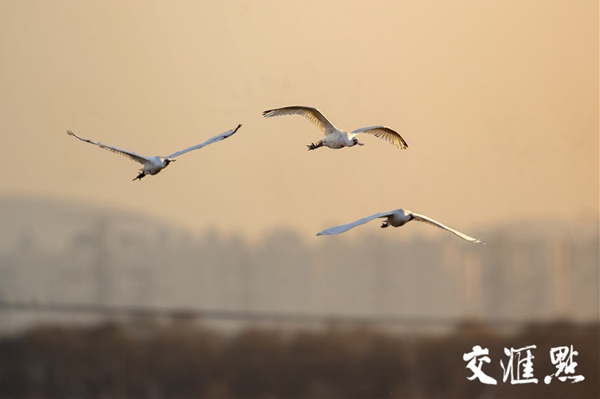
More and more migrating birds arrived at wetlands in downtown Nanjing, which function as living-room for birds, amid strong efforts to protect the environment.
Four tundra swans were spotted on October 31 in the shallow waters of the Xinjizhou National Wetland Park, while more than 100 Eurasian spoonbills also enjoyed their stay nearby.
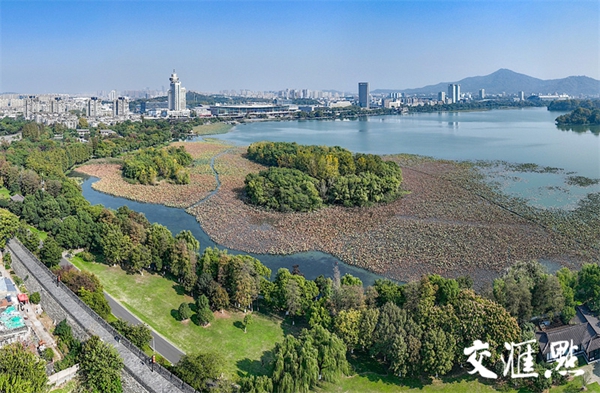
The city's Xuanwu Lake has welcomed the visit of great cormorant, Eurasian coot and other species except the relatively later arrival of mandarin ducks. Located in Nanjing's Xuanwu District, the lake is the largest inner-city park in the Jiangnan area. The wetlands and proximity to the Purple Mountain make the lake a favored habitat for birds.
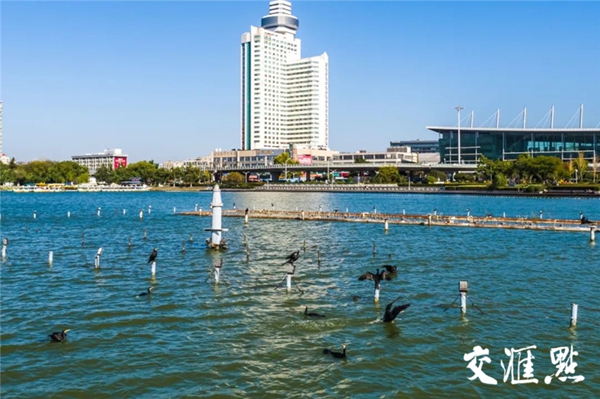
For the past ten years, the northwest corner of the lake has been used as a reserve for birds, which consists of three islets and surrounding waterbodies. It has a land area of 3.45 hectares and a water area of 15.91 hectares. Efforts have been made to minimize the human disturbance, preserve the original landscape, and maintain the natural regeneration. The conservation area accounts for nearly 80% of the total area of Xinjizhou. The number of bird species monitored here increased from 103 to 215 from during the period of 2016-2021.
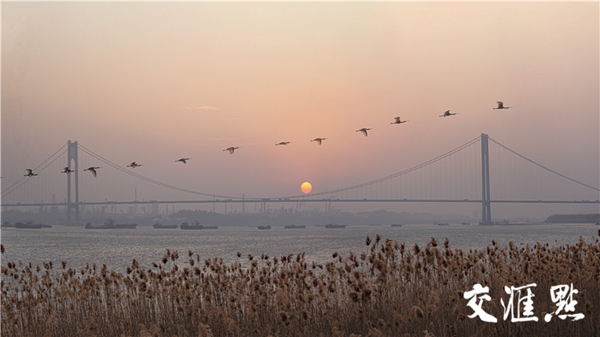
(Photo/Shao Dan)
The Longpao Wetlands in Nanjing's Luhe District also reported a growing number of birds under state protection, such as Calamornis heudei, an endangered species rarely seen in years.
Ye Heguang, director of the management center, said Longpao has a conservation area close to 1,500 hectares and will increase an area of 20 hectares used as wildlife habitat by the end of December.
As large wetlands are mainly located in the outskirts of the city and far from each other, so venues like Xuanwu Lake work as important stopovers sites for birds to rest and refuel. Researchers regard such venues as living-room for birds and believe they help build a more stable ecosystem and greater biodiversity.
Jiangsu Province has a total wetlands area of 2.82 million hectares, of which 869,000 hectares or 30.8% are artificial wetlands. The draft of the Nanjing Territorial Spatial Master Plan (2021-2035) has proposed to highlight the city's features of mountains, water, forest and culture, embrace the concept of "park city", and build diverse parks.

